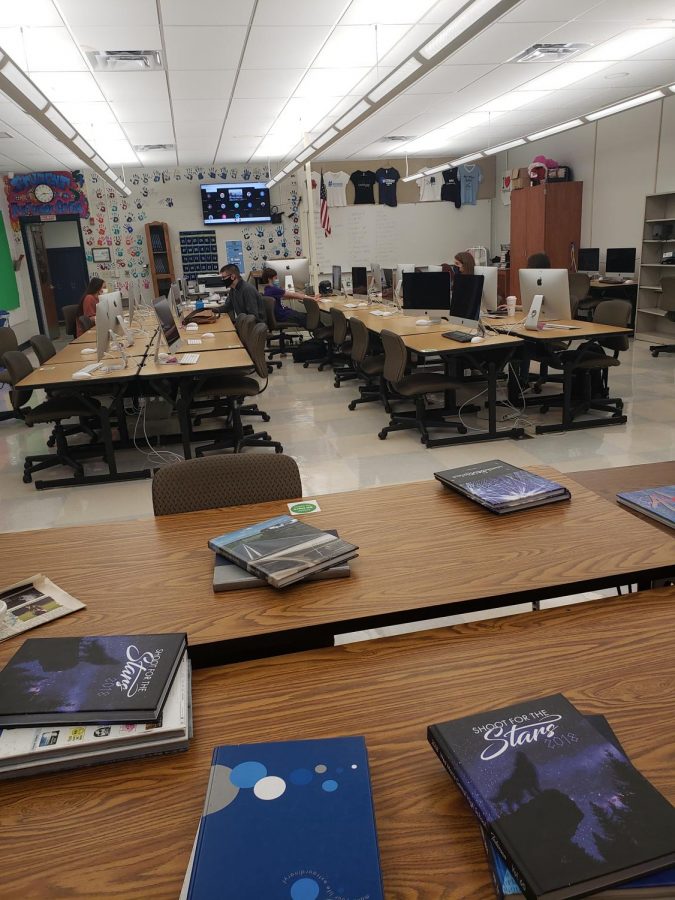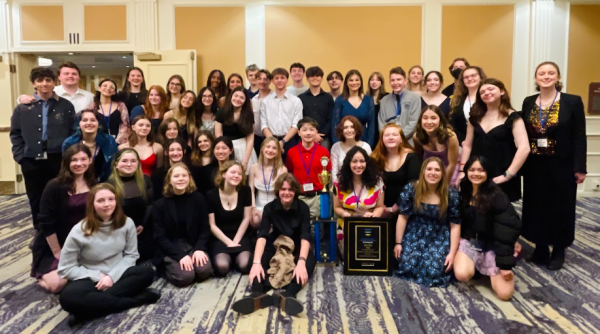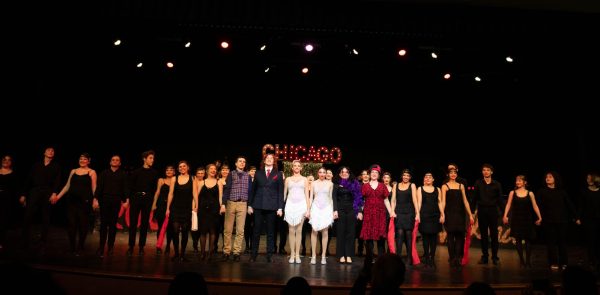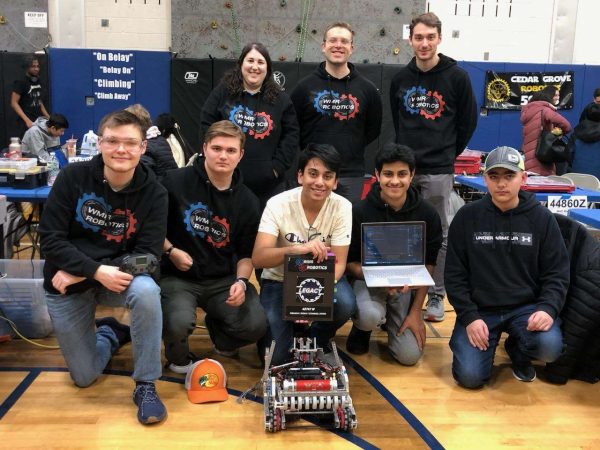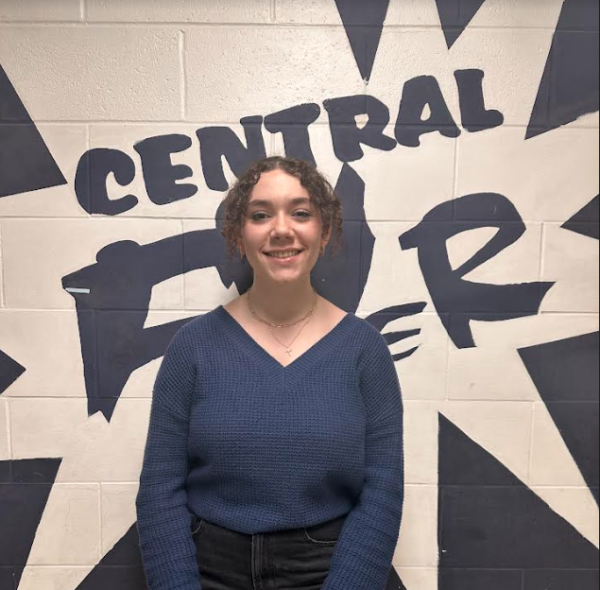Opinion: Should Central Have Two Cohorts Instead of Three?
The initiation of the fall season has signaled the start of school years across the country. Some are following hybrid models, some are remote, but all are anxious about the safety of their students and the balance of schoolwork and precautions regarding COVID-19. Since the situation is new to everyone, schools are struggling to find a system that works best for them. Long Valley Middle School has started their school year with an A/B schedule, where students attend class in-person every other day, with all virtual Mondays. Here at Central we are divided into three cohorts, where students attend school for four days, and then attend online classes for two weeks. However, students feel it is much more challenging doing school from home, and are also facing difficulties due to the loss of social situations. Since there are adequate supplies and space, WMC should consider condensing their students into two cohorts instead of three for the improvement of overall mental health and education.
We have always known that screens affect our ways of remembering information. In a study of at least 4,500 children ranging eight to eleven years old on sciencenewsforstudents.org, it was found that kids who spend excessive time on screens perform worse on thinking and memory tests. Therefore, it’s no surprise that students are having trouble with eLearning. They are finding it increasingly difficult to be a face on a screen rather than a face in person. Julia Zeman, a senior here at Central, believes that while it may be hard for people to upend their routines all over again, the opportunity for more in-person learning would be “more beneficial to learning…at home it is harder to keep focus.” Ella Musto, also a senior at WMC, is among the many who struggle with learning online. “I am a visual, hands-on type of learner, so it is difficult for me to learn virtually,” she says. She feels that homework is increasingly difficult after school because she has been staring at the screen all day long. In terms of the social aspect, she misses her classmates and feels “friendships fading away”. Clearly, when we learn from something on a screen, we are less likely to absorb and retain not only information but our connections with others as well.
That’s not the only issue. A poll from CommonSenseMedia of 849 teens concluded that 41% of teenagers hadn’t
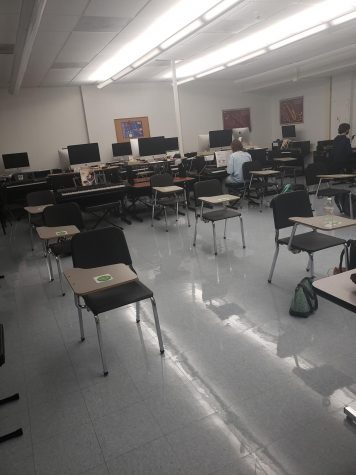
attended a single online class as of April 2020. Of course, this is a smaller sample size, and many teens are going to class, but it is still crucial to note that some students simply lack the motivations to open up that chromebook. Ella Musto, senior at WMC is among the many who struggle with learning online. “I am a visual, hands-on type of learner, so it is difficult for me to learn virtually,” she says. She feels that homework is increasingly difficult after school because she has been staring at the screen all day long. In terms of the social aspect, she misses her classmates and feels “friendships fading away”. She, among others, feels comfortable to condense into two cohorts and does not feel it will be a safety issue. Other students struggle with their internet connection, preventing them from logging on in time. Some even lack the resources at home to have a successful online experience. There are so many factors to consider with online school…It’s a whole different way of learning compared to walking into a classroom.
Now, many, namely parents, are concerned about the health and safety of their children, and they are justified. However, WMC has both the resources and the space to accommodate two cohorts. Some may ask what to do with more students at lunch time. Perhaps we could open up a few more classrooms where students could be seated socially distanced to avoid disruption to the setup we have now.
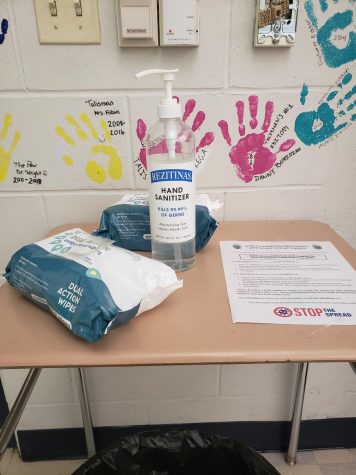
For class setups, there are open desks in many classrooms that allow for proper social distancing. Ella Musto, mentioned earlier, has classes where she is only one of three, and some cohorts even have classes which contain only a single student! While there are some classes with up to ten students, most rooms have free desks that can be used if the school were to combine cohorts. In terms of safety, students always wipe down their desks and use hand sanitizer upon entry to any room, and this would continue if we were to have two cohorts. With the proper precautions in place, teachers really appreciate seeing their students in person. Mrs. Feltmann from the Psychology Department, says that “the best part of [her] day is when she is in the classroom with [her] students.” Students and teachers alike feel the strong need, as long as it is done safely, to bring more people together for the betterment of the community. Two cohorts would be a step in the right direction to enhance education as well as keep safety at the forefront.
Safety of the mind should be considered as much as safety regarding the spread of COVID-19. Ellen Rome, MD, MPH from clevelandclinic.org claims that the ongoing situation only worsens the mental state of kids and teens with pre existing issues. “These stressors can intensify existing mental health issues in teens,” she says. In fact, suicide rates are scarily increasing. “New CDC data reveal that almost one in five teens across the nation have seriously considered attempting suicide,” according to psychologytoday.com. We need to weigh the possible negative outcomes of both in school safety as well as safety of the mind. Dr. Rome also mentions that “[t]he extroverts who tend to recharge with people are devastated by quarantine, and many of them will do everything they can — including participating in risk-taking behaviors or not socially distancing — to get around it, which can potentially put their families and loved ones at risk”. Senior Hailey Onweller agrees that people find ways to hang out with each other outside of school, and “some aren’t as careful as others”. School would provide a safe outlet for these individuals to socialize rather than getting together with a large group of people and furthermore at a greater risk of getting infected.
Yes, parents, teachers, and students alike are wary of attending school in-person. They are afraid it would not provide adequate safety in the face of a global pandemic, especially if more students were attending school at once. However, some things that they may not have considered in depth is the mental toll taken on high school students, the lower quality of education when students remain separate, and the reality that students could in fact be more at risk if they stay cooped up and kept away from their other classmates. If we were to implement two cohorts, students would feel happier, more energized, and safer all around.
Sources:
https://health.clevelandclinic.org/is-covid-19-affecting-your-teens-mental-health/
https://www.sciencenewsforstudents.org/article/less-screentime-linked-better-memory-learning-kids

Gabriella Nowak is a senior here at West Morris Central. She is the School News Editor and enjoys writing (obviously), playing tennis, yoga, and baking....

